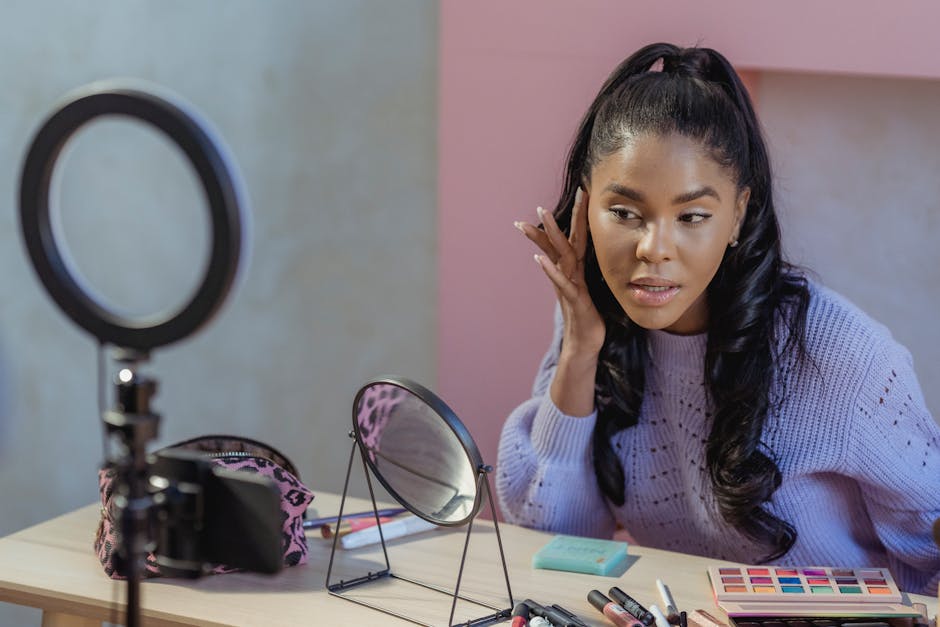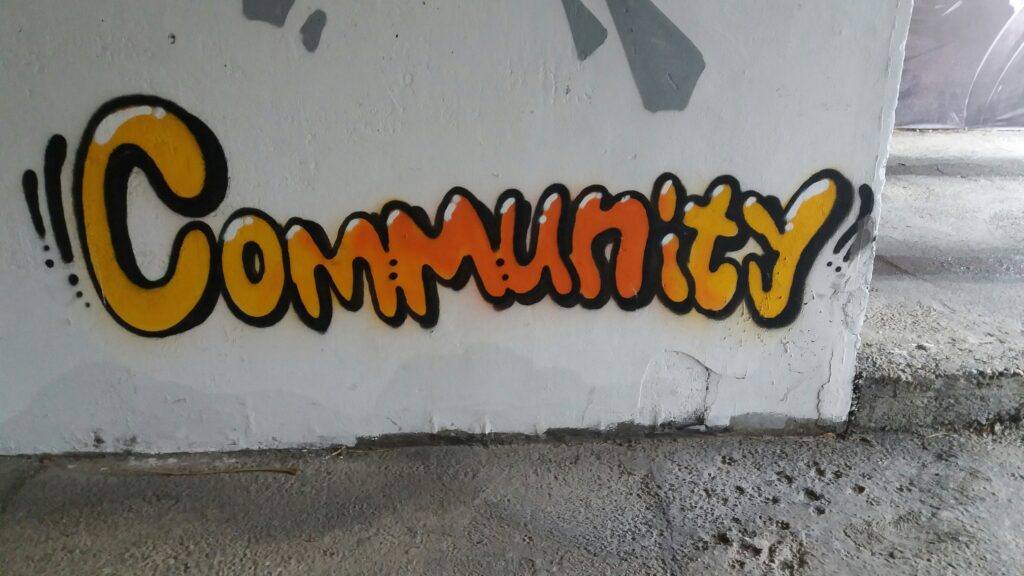Why Start a Vlog in the First Place
Video content continues to dominate digital communication in 2024. Whether you’re a solo creator or building a brand, starting a vlog can open doors to growth, recognition, and genuine connection.
The Power of Video in 2024
Video isn’t just popular—it’s expected. Audiences gravitate toward visual storytelling because it delivers information quickly, creates emotional resonance, and builds trust faster than almost any other format.
- Reach: Video posts see significantly more engagement across platforms.
- Credibility: Talking directly to your audience builds authority and transparency.
- Community: Consistent vlogging allows for real conversations and long-term viewer loyalty.
Personal Brand vs. Business Channel
Before you start filming, ask yourself who you’re speaking for. Your vlog should reflect your goals:
- Personal brand? Think lifestyle, behind-the-scenes, or thought leadership.
- Business-focused? Keep content educational, informative, and solution-driven.
Clarity here helps shape your tone, content planning, and audience-building strategy.
The Stats Don’t Lie
The numbers say it all—video content is the king of digital media:
- Over 80% of all internet traffic is video-based.
- YouTube is the second-largest search engine in the world.
- Short- and long-form videos consistently outperform static content in both reach and retention.
If you want to grow online, vlogging isn’t optional—it’s essential.
Step 1: Define Your Niche and Voice
Start With What You Truly Care About
Before you worry about views or subscribers, ask yourself one thing: What could you talk about for hours—even if no one was watching yet? That’s your sweet spot. Passion isn’t just a buzzword; it’s the fuel that will help you stay consistent when the novelty wears off and the algorithms feel cold.
Consider these questions:
- What topics or activities do you naturally gravitate toward?
- What problems or questions do people often ask you about?
- What types of content do you enjoy consuming yourself?
Aligning your vlog with a topic you genuinely care about makes the process sustainable—and more fun.
Why Niching Down Matters
It might feel limiting at first, but narrowing your focus actually opens new doors faster. Specialized content helps you:
- Stand out in a saturated market
- Build a loyal, relevant audience
- Signal value to platforms and search engines
Instead of vlogging about “lifestyle,” consider refining your niche to something more specific, like:
- Solo apartment living tips for millennials
- Early-stage entrepreneurship for designers
- Budget travel guides for introverts
Start small and expand later if needed—audiences trust creators who clearly know what they’re about.
Define Your Voice: Sustainable, Not Trendy
You don’t have to be the loudest, funniest, most cinematic person online. You need to be authentic and consistent. Your tone could be educational, chill, sarcastic, analytical—just make sure it’s something you can maintain over time.
Ask yourself:
- Do you want your content to feel like a friend talking or a pro giving a tutorial?
- Will your audience come for energy, insight, humor—or a combination?
- Can you see yourself making this type of content a year from now?
Finding your voice is about playing to your strengths—not forcing a style that burns you out.
Step 2: Plan What You’ll Say (and Why)
You don’t need a rigid content schedule mapped out six months in advance—but you do need something. A loose content calendar keeps you from waking up wondering what to film and helps you land in your audience’s feed consistently. Think frameworks, not scripts. Mark down general themes—Mondays are for quick tips, Fridays for a weekly vlog—and let the details flex with your life.
Striking the right balance between substance and showing up as yourself is key. If you’re not delivering value—education, insight, entertainment—you’re just talking to a camera. But if your content feels sterile, people won’t come back either. Keep the personality, cut the fluff.
As for format, pick one and own it. Solo talking head? Great. Stick with it and refine your storytelling. Day-in-the-life clips? Make them regular. Product reviews? Structure them so they don’t feel like ads. Viewers like consistency. So do algorithms. Don’t jump formats every other week just because someone else is going viral. Find your lane and dig deep.
Step 3: Gear Up Without Going Broke
Start where you are—but don’t set yourself up to fail. You don’t need a studio or a thousand-dollar camera to begin vlogging, but you do need to cover the basics. Grainy visuals, tinny audio, or shaky footage will drive viewers away, no matter how good your message is.
Lock in the essentials: a decent camera (your phone can be fine for now), a clear mic, and a stable tripod. These three pieces of gear do 80% of the heavy lifting in making your content watchable. If your phone shoots in 1080p or higher, great—but test your audio before assuming it’s good enough. Weak sound will tank a video faster than a slightly blurry shot.
Buy smart, not fancy. You can upgrade later. In the meantime, know your setup’s limits. Don’t try to shoot action vlogs with a shaky handheld unless that’s part of your brand. Don’t record outside with built-in mics on a windy day. Mistakes are fine—avoidable ones aren’t.
For a simple breakdown of gear that won’t waste your money, check out the Essential Equipment for High-Quality Vlogging.
Step 4: Editing Makes or Breaks It
You don’t need fancy software to start editing your vlog. Free tools like DaVinci Resolve, CapCut, and iMovie are more than enough to get rolling. They give you the basics: timeline, simple cuts, audio control, and even color adjustment. Paid tools like Adobe Premiere or Final Cut Pro offer more polish and speed—but until you’re churning out footage consistently, your money’s better spent elsewhere.
When it comes to the actual editing process, less is more. Keep your cuts clean and purposeful. If a shot drags, trim it. If a scene doesn’t add value, cut it. Don’t drown the viewer in fancy transitions. One or two simple fades or jump cuts do the job. This isn’t Hollywood; it’s you, on camera, being honest and direct.
And captions? Non-negotiable. Not everyone watches with sound. Auto-captioning tools are solid these days, and many editing apps have them built in. Use them. They boost retention, accessibility, and searchability. Three wins, one move.
Step 5: Hit Publish (Then Hit It Again)
Publishing is where most creators stall. Not because it’s hard—but because we overcomplicate it. Here’s the fix: build a simple upload routine you can actually live with. Once a week? Fine. Twice a month? That’s okay too. Just pick a schedule and show up for it. The algorithm respects consistency more than intensity.
Now, about those thumbnails, titles, and tags—they feel like extras but they pull serious weight. Your title is your hook. Your thumbnail is your billboard. Together, they decide whether someone clicks or not. Don’t stick with the auto-generated frame. Don’t settle for vague titles. You don’t need to be a graphic designer—just be clear, punchy, and intentional.
And here’s the big one: done is better than perfect. It’s tempting to tweak forever. Don’t. Upload it. Learn from the next round. The only way to get better at vlogging is by vlogging.
Step 6: Grow Smart, Not Loud
Growth doesn’t require shouting the loudest. It requires showing up intelligently. Your analytics? They’re your map—not your destination. Use them to spot what resonates, what flops, and when your audience is actually tuned in. But don’t obsess over daily spikes or views-per-hour. Trends fluctuate. Focus on patterns and feedback over vanity metrics.
Cross-posting is another low-effort, high-reward strategy. If you’re already editing vertical video for TikTok, push a version to Instagram Reels or YouTube Shorts. Just make sure it fits each platform’s vibe. A little platform-native tweaking goes a long way.
And no, growth doesn’t happen in isolation. Collaborate with like-minded creators—even small ones. Reply to comments like a real person. Build a space where followers feel seen, not sold to. Community isn’t just a buzzword—it’s the algorithm’s love language, and your best bet for sustainable attention.
Common Pitfalls (and How to Avoid Them)
Even with the best intentions, new vloggers often fall into familiar traps. Here’s how to avoid the most common mistakes that can derail your momentum before you see results.
Overediting Leads to Burnout
Trying to achieve perfection in every single frame can drain your energy and stall your progress. While editing is a vital part of the process, over-polishing every video isn’t sustainable—especially when you’re just starting out.
Avoid this by:
- Keeping edits simple and clean
- Focusing on storytelling, not flashy effects
- Setting time limits for post-production work
Remember: consistent content beats perfect content every time.
Be Original—Don’t Just Copy
It’s easy to mimic what’s trending, but copying popular creators will only get you so far. Viewers respond to authenticity, and carving out your own voice is what builds real connections.
Instead of copying:
- Use popular formats as inspiration, not a blueprint
- Focus on your unique take or experience
- Blend trends with your own message and personality
Learn to Filter Feedback the Right Way
Feedback helps you grow, but an unhealthy obsession with every comment or number can stop you in your tracks. Not all criticism is useful, and chasing approval is a fast way to lose your voice.
Smart feedback habits:
- Look for lessons in patterns, not isolated comments
- Don’t let trolls or low views define your content
- Choose a few trusted sources for constructive advice
Your goal is progress, not perfection. Stay focused, stay flexible, and keep learning as you go.
Final Thoughts: Just Start
You won’t be great at first. No one is. That’s not a warning—it’s permission. Early videos will have awkward pacing, clunky edits, maybe questionable lighting. That’s part of it. The difference between people who make it and those who don’t often comes down to one thing: they kept going.
Every creator you look up to has a graveyard of old content they’d rather not revisit. But they posted it anyway. They learned by doing. You don’t get better at vlogging by watching tutorials or tweaking thumbnails forever—you get better by hitting record, uploading, and learning on the fly.
Start with what you have. Say something you care about. Keep it simple. Then do it again. And again. Momentum beats talent when talent never hits publish.


 Eddiesons Sinhacha is dedicated to bridging technology and storytelling. At vlogedgevault he specializes in uncovering advanced techniques and digital trends that empower creators to elevate their content and reach wider audiences.
Eddiesons Sinhacha is dedicated to bridging technology and storytelling. At vlogedgevault he specializes in uncovering advanced techniques and digital trends that empower creators to elevate their content and reach wider audiences.

